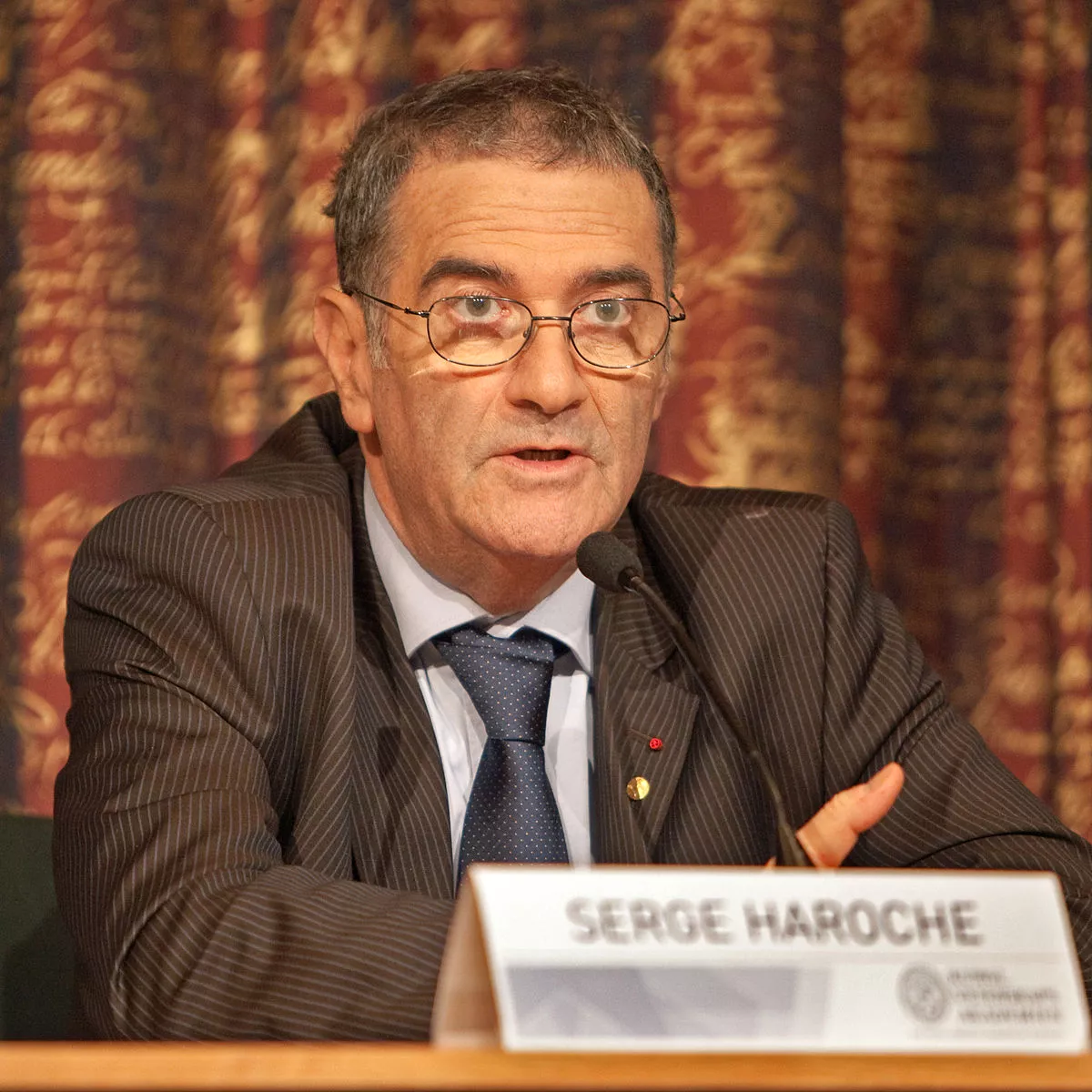 1.
1. Serge Haroche was born on 11 September 1944 and is a French physicist who was awarded the 2012 Nobel Prize for Physics jointly with David J Wineland for "ground-breaking experimental methods that enable measuring and manipulation of individual quantum systems", a study of the particle of light, the photon.